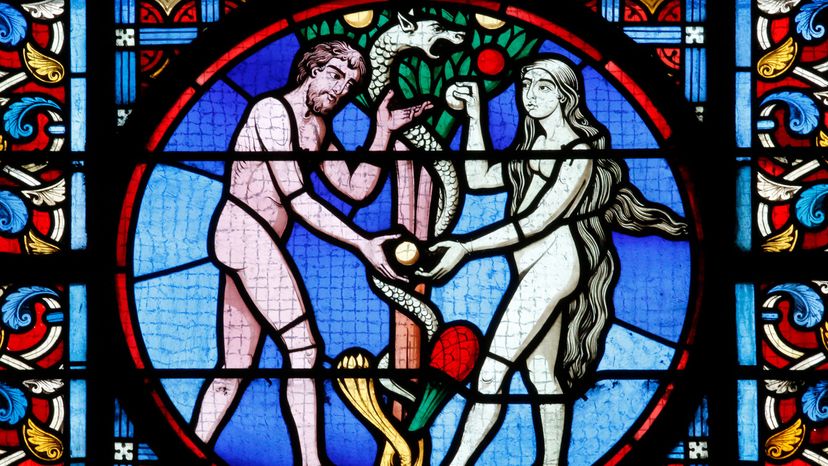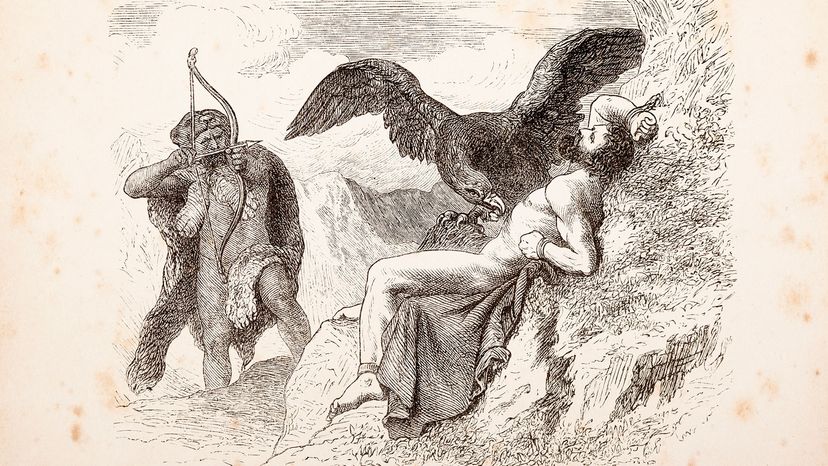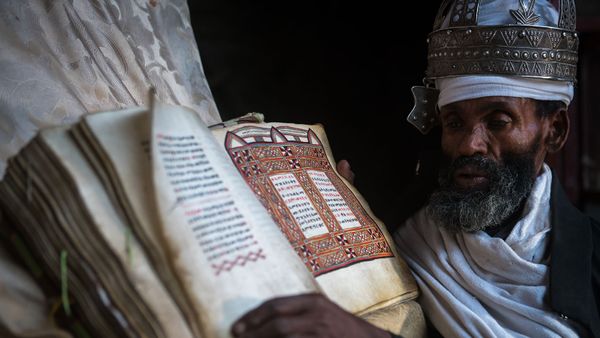
Does the following story sound familiar? In the beginning, a divine force created the universe by separating elements from the chaotic void: light and dark, heaven and earth. The first humans were formed from clay and lived in a paradise free of pain, sin and toil. But a clever creature tricked the humans and they fell from their perfect state into the flawed world we know today.
If you think that's the story of Adam and Eve from the Bible, you're right. But it's also a story common to other religions. Nearly every ancient culture told its own set of creation myths and they share a remarkable number of similarities, including key elements of the Adam and Eve story: humans fashioned from clay, a trickster figure who subverts the gods' plans for creation, and a woman taking the blame for sin and pain.
Advertisement
It appears that ancient authors from China, Egypt, Iceland, Greece, Mesopotamia and the Americas were all wrestling with the same big questions — where did we come from and why is our world the way it is? — and they used myth to make sense of it all.
"Human beings know that they're alienated from the divine somehow, but they also know that they're part of the divine and that the divine is part of them," says Eva Thury, an English professor at Drexel University and co-author (with Margaret Devinney) of "Introduction to Mythology: Contemporary Approaches to Classical and World Myths."
"All of these stories are expressing that relationship, and it gets expressed in terms of whatever the society is up to at that point, whether it's putting women in their place like the Greeks or cultivating oneness with the land like the Native Americans."
Advertisement



